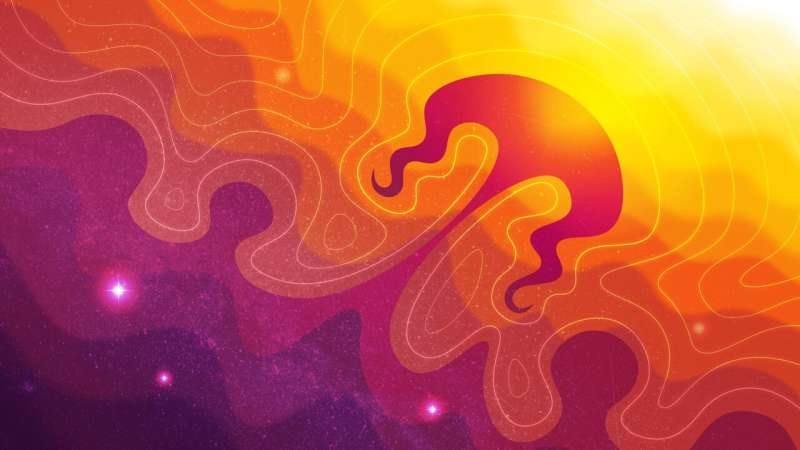Researchers at the Princeton Plasma Physics Laboratory have made a groundbreaking discovery in the world of plasma physics, capturing the first direct observation of long-hypothesized magneto-Rayleigh Taylor instabilities. This breakthrough promises to shed light on the formation of massive cosmic jets and the intricate interplay between plasma and magnetic fields.

The Plasma Enigma
The fourth state of matter, plasma, is a common form of matter in the universe that has found in almost every galaxy and star to the space between galaxies and stars. This electrically conductive form of matter consistently experiences strong magnetic fields, causing an ever-changing and dynamic ballet.
Scientists have speculated about the presence of magneto-Rayleigh Taylor instabilities for years (a phenomenon in which more froth, foam and slosh take place due to the interplay of plasma and magnetic fields). Yet until this moment, such instabilities have proven elusive, eluding direct observation. No that seemed to be the case until a research team from the Princeton Plasma Physics Laboratory (PPPL) developed an innovative new measurement method with protons, the nuclei of atoms.
Cosmic Tug-of-War from Up Close
The team at PPPL simulated the process by generating a massive laser-driven plasma and watching with proton radiography the complex dynamics of this plasma when it became entangled with external magnetic fields. As the plasma expanded, it pressed up against the magnetic fields and bent them outward. The plasma and its surrounding magnetic fields formed bubbles and frothing structures, called magneto-Rayleigh Taylor instabilities (MR-TIs), at the interface between them.
The researchers can now compare the distorted images produced by the protons with undistorted X-ray images to offer an unprecedented observation of the dynamically choreographed interaction between a hot plasma and its embedded magnetic fields. They noted how the plasma expanded and pushed magnetic fields outwards, then, as the plasma exhausted its energy, they watched as the field lines snapped back into place and crushed the plasma to form a narrow jet-like structure.
That has deep consequences, as jet-like structures are some of the most common features in astrophysical events—from vast plasma jets that can stretch across light-years between stars all the way down to those that originate from black holes, ultra-dense dead stars. This indicates that similar compressing magnetic fields to what was seen in the PPPL experiment might also give rise to these cosmic jets, providing an answer to a longstanding puzzle.
Conclusion
What the PPPL scientists discovered stands as a milestone in our knowledge of plasma physics and its role in shaping the universe. Having made the very first direct observation of the magneto-Rayleigh Taylor instabilities, they have already provided significant new opportunities to study this complicated interaction between plasma and magnetic fields, with potential implications for understanding how astrophysical jets and other cosmic phenomena form. The achievement demonstrates the technical skill of PPPL in creating novel diagnostic tools and underscores how scientific research has the capability to push our understanding of nature beyond entrenched views.
